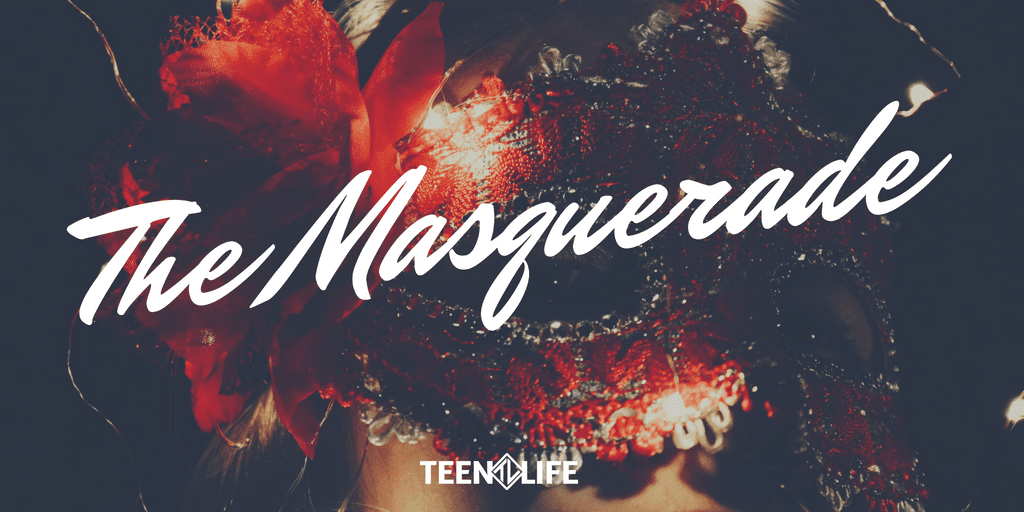This week, my 5-year old son John came down the hall and introduced himself as “Kevin.” When I turned around from washing dishes, I realized he was wearing goggles- Minion goggles from his Kevin costume. For the next hour, he only answered to “Kevin” and ignored anyone who called him by his actual name. We all had several good laughs when someone inadvertently called him by his true name, causing much playful indignation.
Masks.
Designed for fun. Designed for camouflage. Designed for protection. Designed to make a statement. Worn by people of all ages and stages.
An excerpt from “We Wear the Mask” – a poem by Paul Laurence Dunbar:
We wear the mask that grins and lies,
It hides our cheeks and shades our eyes,—
This debt we pay to human guile;
With torn and bleeding hearts we smile,
And mouth with myriad subtleties.
Why should the world be over-wise,
In counting all our tears and sighs?
Nay, let them only see us, while
We wear the mask.
Unlike my 5-year-old, too often the students we work with wear masks for protection and/or camouflage. They are anxious about being seen for who they really are. They do not want to be singled out for fear of being targeted. They do not know what to do with the hurt that they carry. They do not know if they will be accepted.
The same things could be said about us as adults.
What can we do? How can we help the students we love (and ourselves)? A few suggestions for pulling back the mask:
- Be present. Show up – Be consistent – Follow through – for the students in your lives and your adult friends. Allow others to make their own decisions. No one pulls their masks back without trust and relationship.
- Ask students how they feel. Stick to the basics – sad, mad, scared, and glad. This is probably a new idea to many of them and to many adults. Give them a script – “I feel _______ when _______ happens.” It isn’t always easy, but it makes a huge difference when a person can identify and own their feelings.
- Model authenticity with appropriate boundaries. In the words of Madeline Fry– “Healthy vulnerability recognizes when to share and when to remain silent. This helps you strike the balance between guarding who you are at your core and expressing it.” Learning boundaries takes practice in a world that pressures you to share and say yes.
Eventually, my son took off the goggles and informed us all that we could call him John again. Our hope is that everyone, students and adults alike, have a safe place to remove their masks and be called by their true name.
May you be that person for someone else and may you have those people in your life as well.

